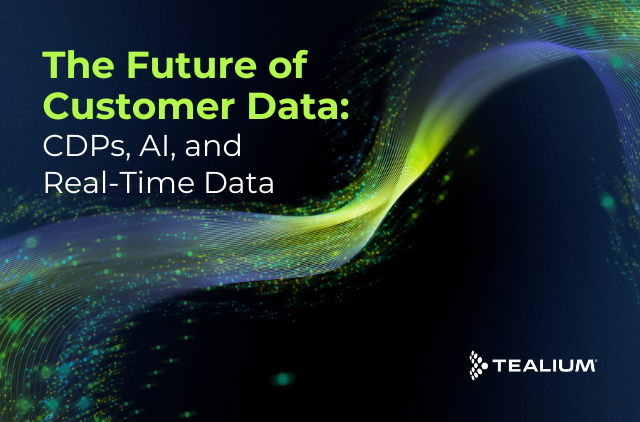The customer data landscape has changed and the rules on how we target and measure customer behavior are being rewritten. With third-party cookies crumbling soon, as well as personalization and privacy expectations skyrocketing, marketers are being forced to quickly adapt.
In a recent lively chat we had with with Forrester Analyst, Stephanie Liu, we discussed the customer data challenges brands are facing and how marketers can rise to the challenge.
Keep reading to see the key takeaways with timestamps from the chat below or watch the full on-demand session here.
3 major challenges in the new customer data landscape
Saying goodbye to third-party cookies (4:37)
Google and Apple have both started moving away from third-party cookie tracking and Apple aims to block tracking entirely by 2022. This will have a huge impact on marketers as they have heavily relied on third-party cookies to get the insights they need for quite some time.
Keeping up with heightened privacy demands (3:08 and 8:47)
With supportive legislation like the GDPR and CCPA, customer privacy expectations are reaching an all-time high, and rightfully so. Asking your customers for permission to track or use any of their information is a must, but access isn’t so easily granted.
Personalizing experiences with limited data access (9:35)
While consumers expect privacy, they also expect personalized experiences. Personalization has become second nature — from recommended shows to watch next to recommended items to add to your carts.
2 key ways to conquer data challenges and be set up for long-term success
Say hello to first-party data (20:57)
With a first-party data strategy, you can analyze how consumers interact with your brand to improve their experiences. More specifically, with real-time access, you can better understand your customers’ intent and deliver more relevant messaging.
Forrester refers to this type of tailored messaging as person-first personalization (19:35). Person-first personalization (try saying that three times fast) not only shows that you care about the customer, but also that you recognize what they’re looking for or the problem they’re facing, and know how to help them find it or resolve it.
Using privacy to personalize experiences (17:55)
Yes, you read that right. Privacy can actually be used to personalize your customers’ experiences – and there are 3 ways to do it!
Transparency – asking consumers for their permission is a must.
- For example – when you’re designing opt-in banners make sure to include clear explanations of what data you collect and how you use it. Just like any relationship, communication is key.
Meaningful choice – give customers the option to opt-down versus opt-out entirely.
- For example – Allow options like progressive capture or data minimization so you only collect what’s necessary.
Fair value exchange – give something in return when customers give up their personal information.
- For example, this can be something monetary like 15% off their first purchase in exchange for their email.
Bonus alert! Did you know that with Tealium’s Customer Data Platform, you can get access to unified, first party data in real time, helping you establish stronger data governance? You can also personalize experiences on the fly AND remove consumers from the channels they’ve opted out of. See a demo today!
Here’s to you thriving in the new era of digital marketing.







